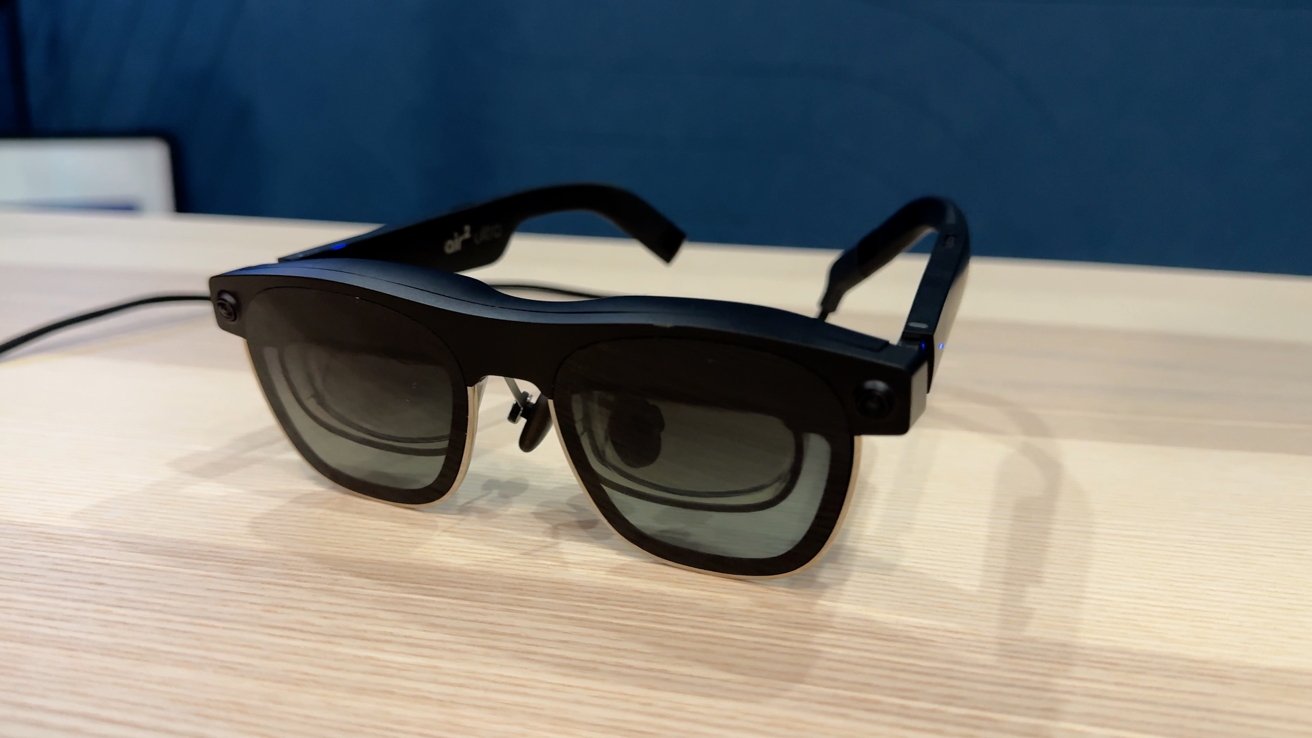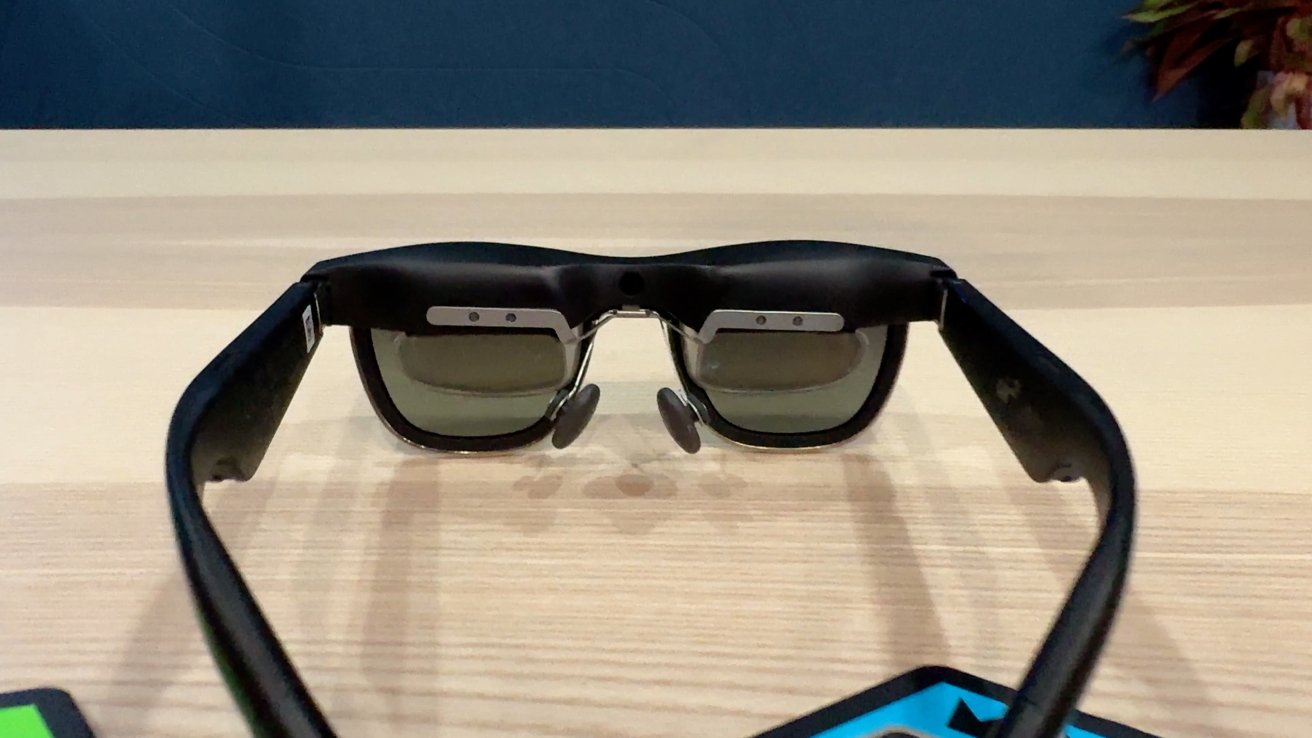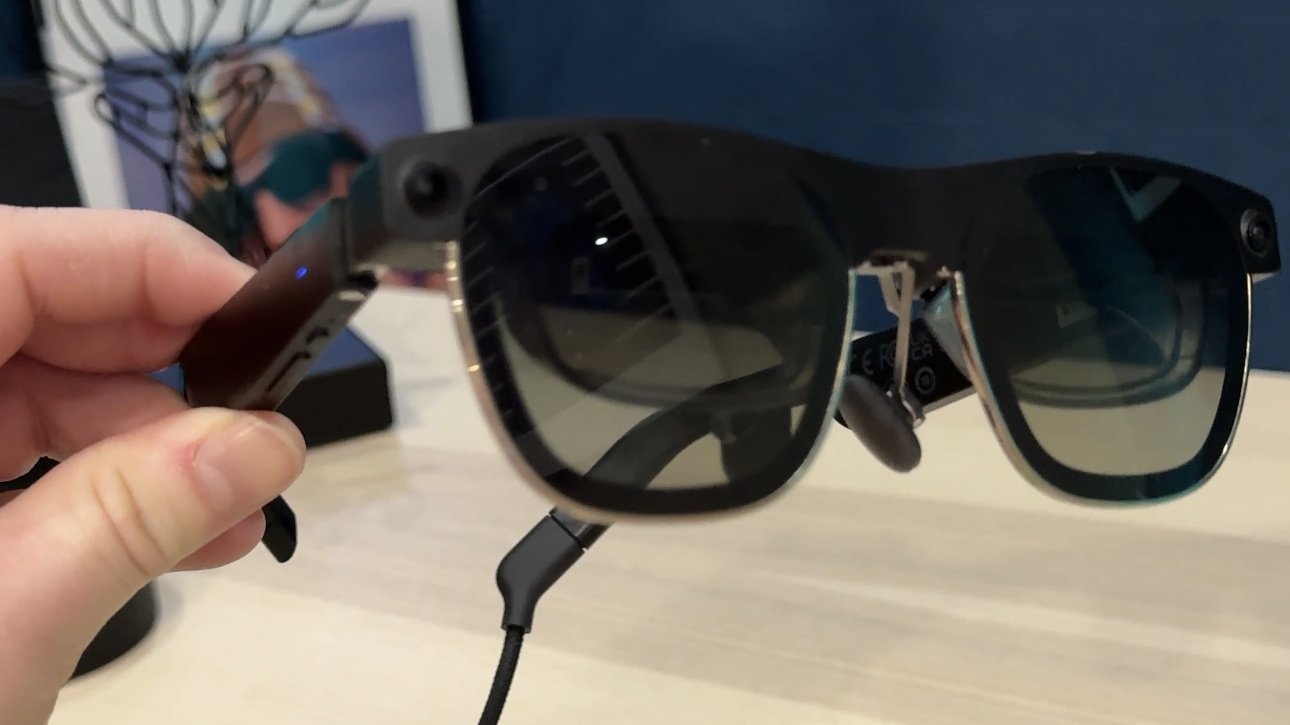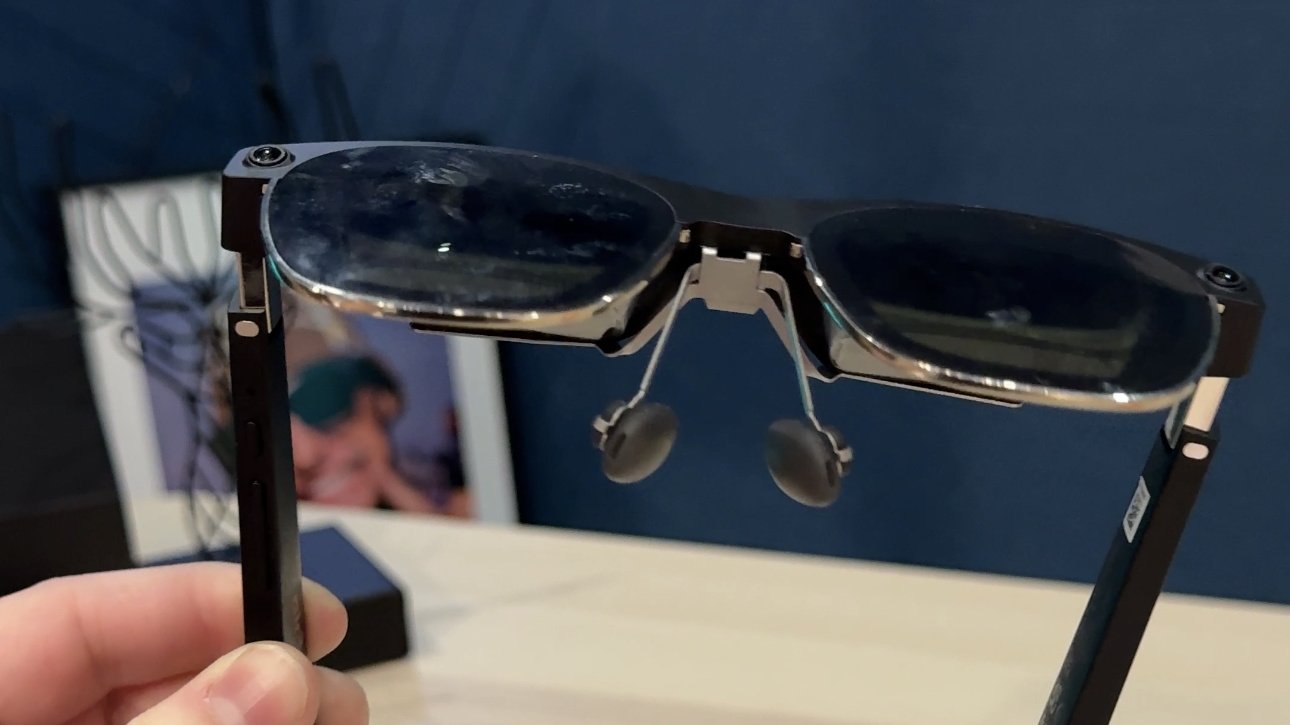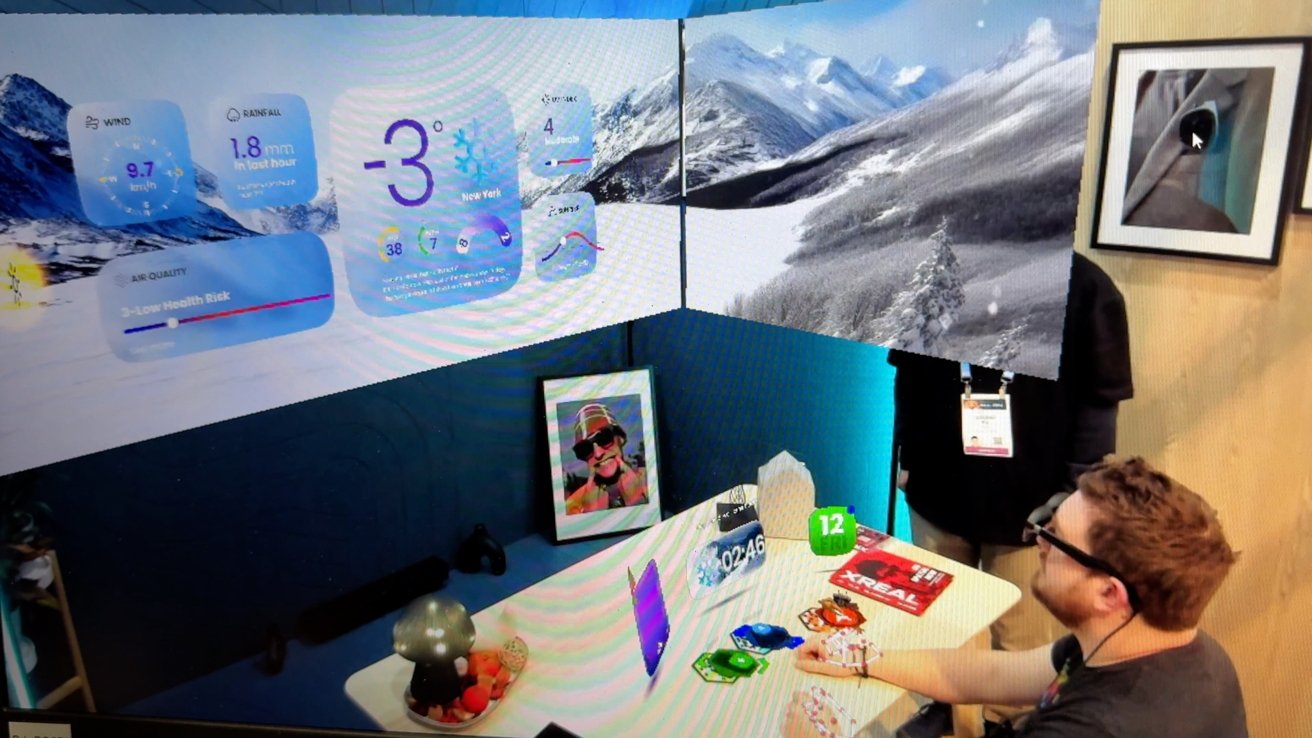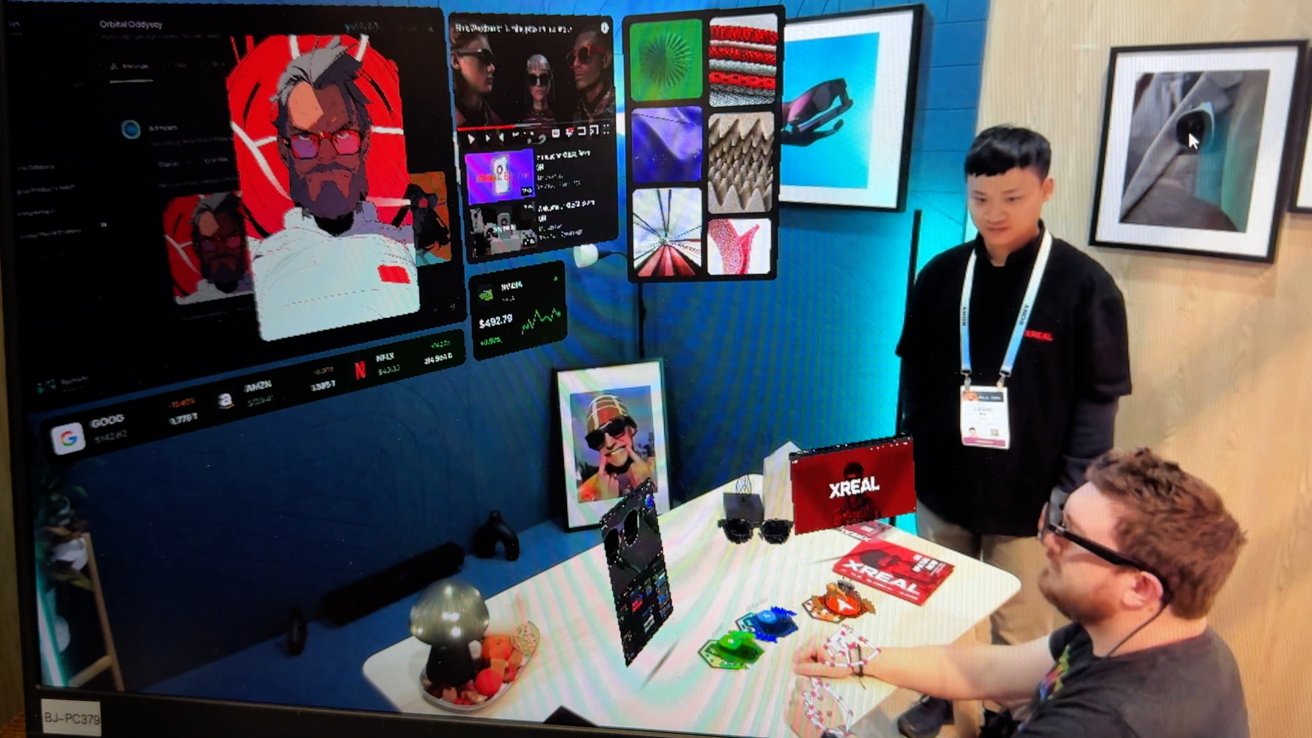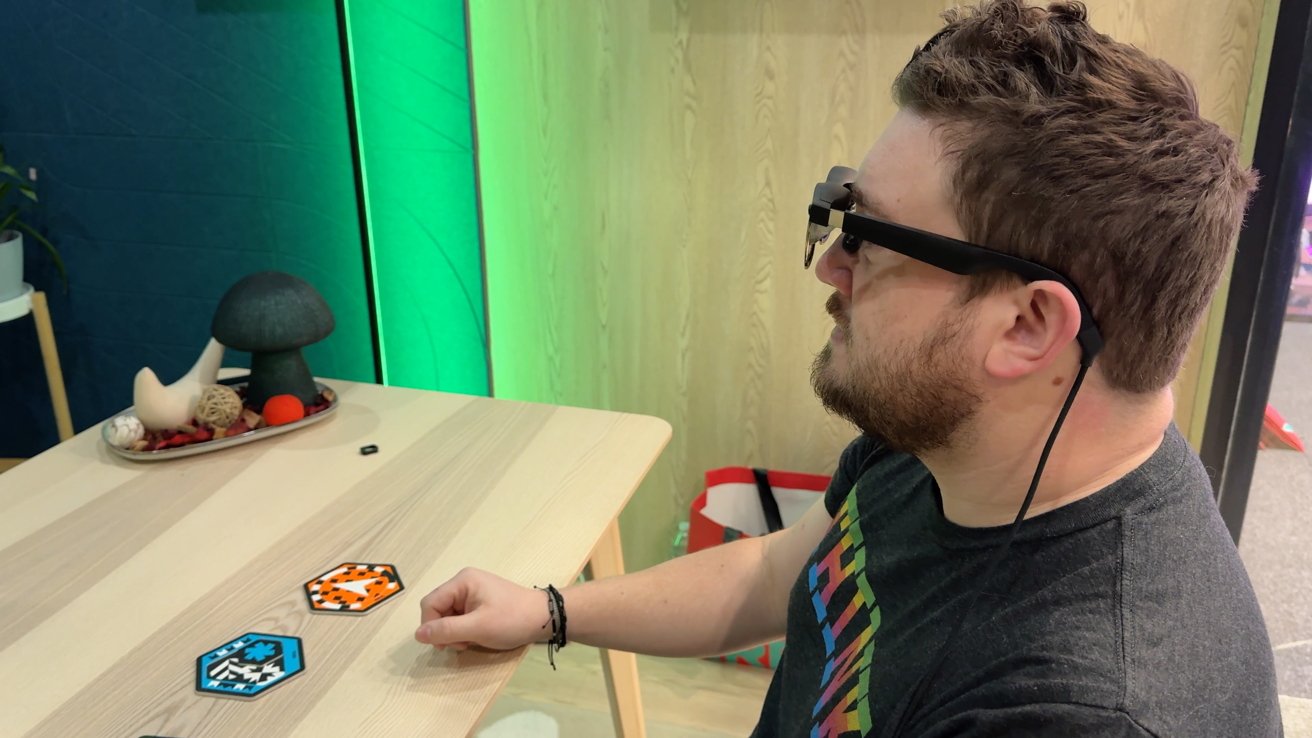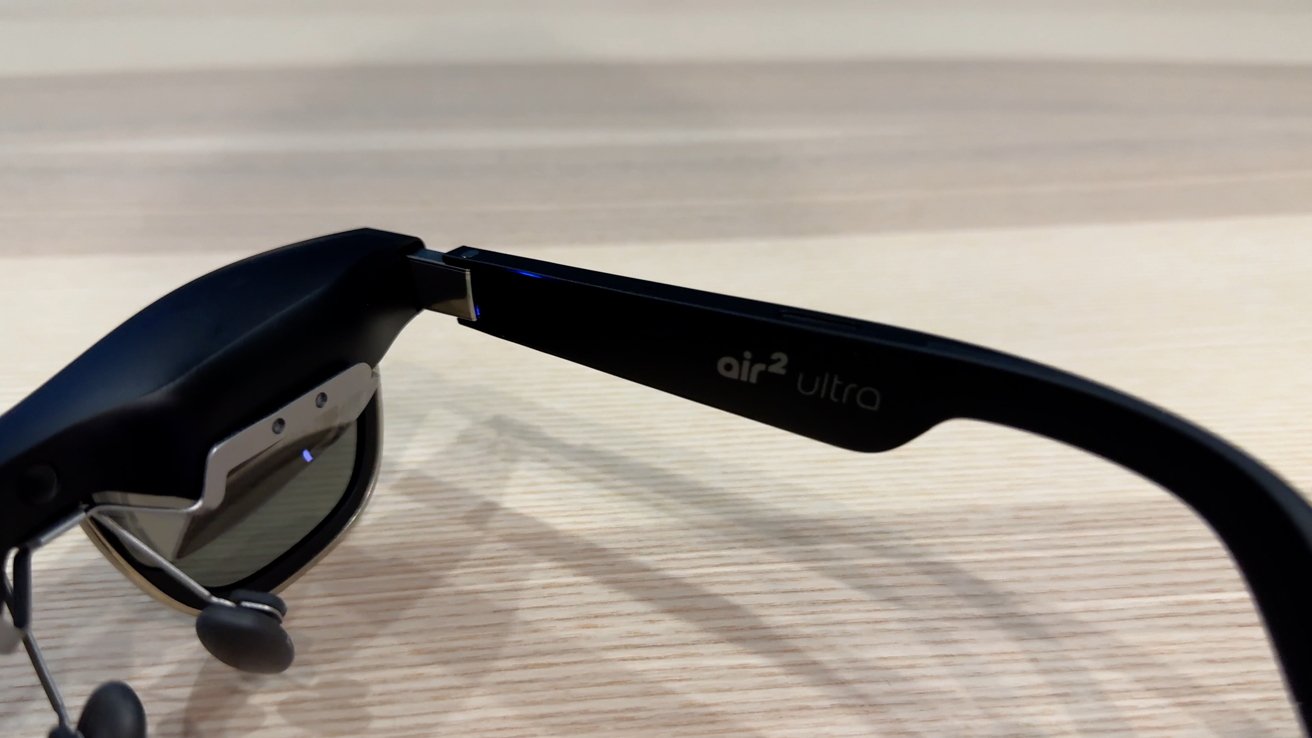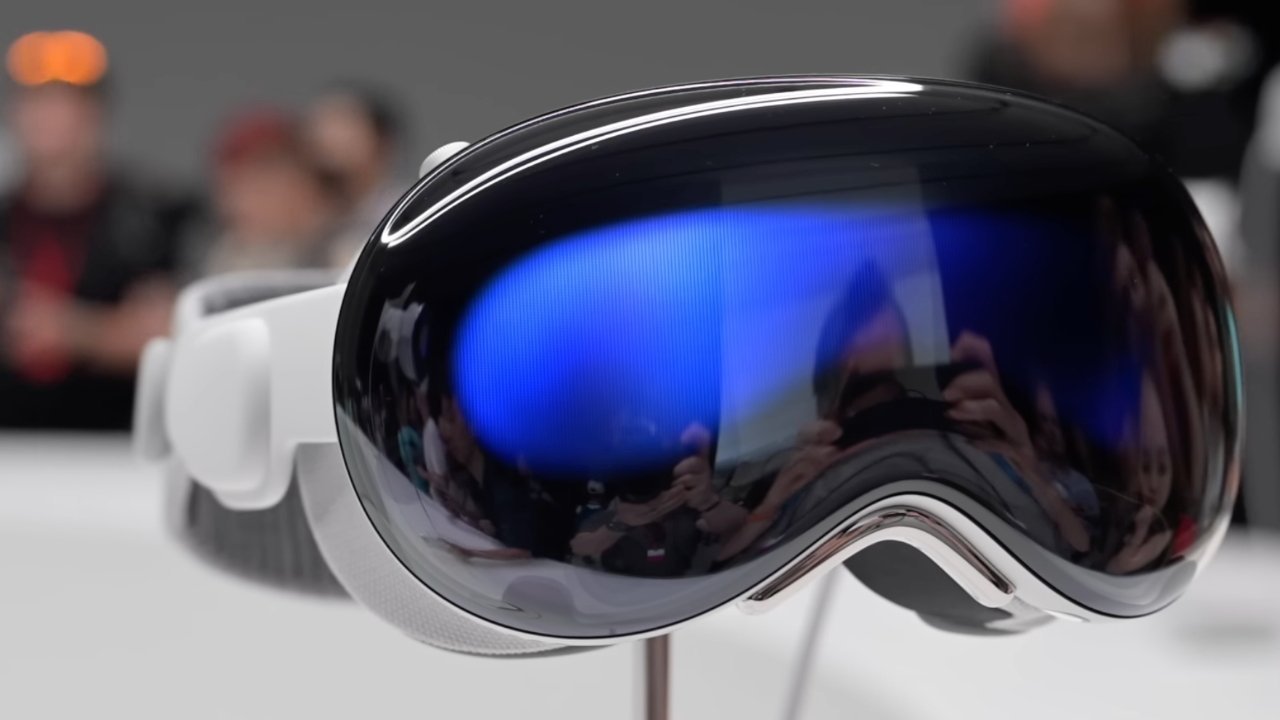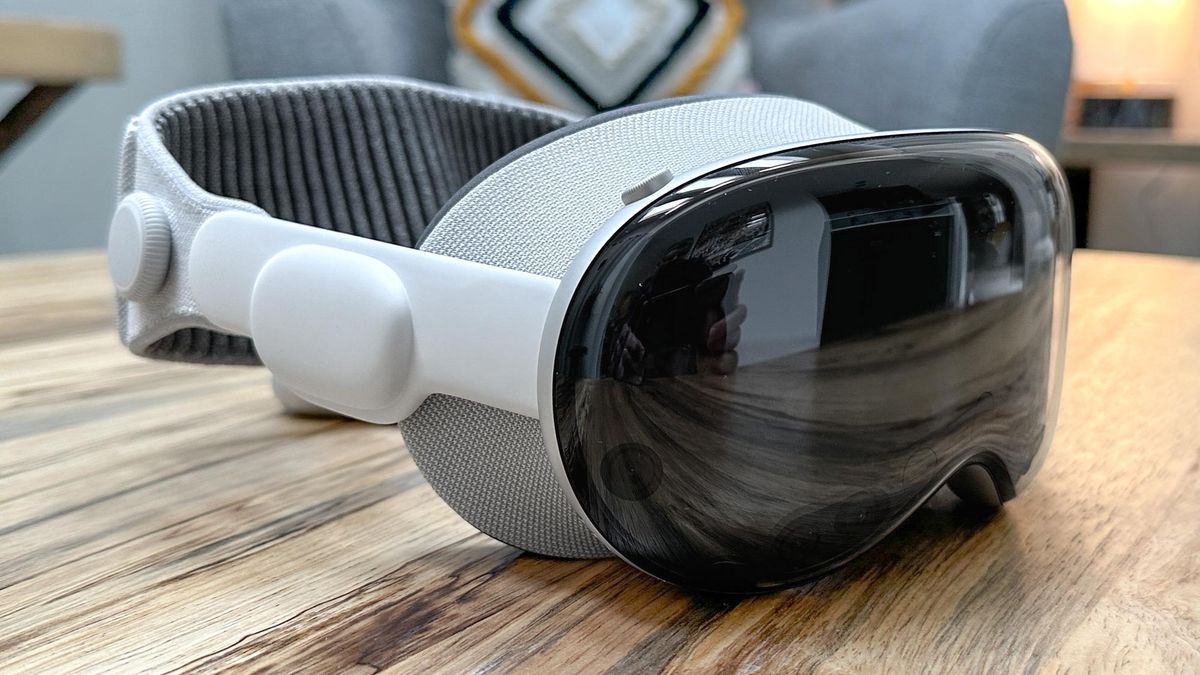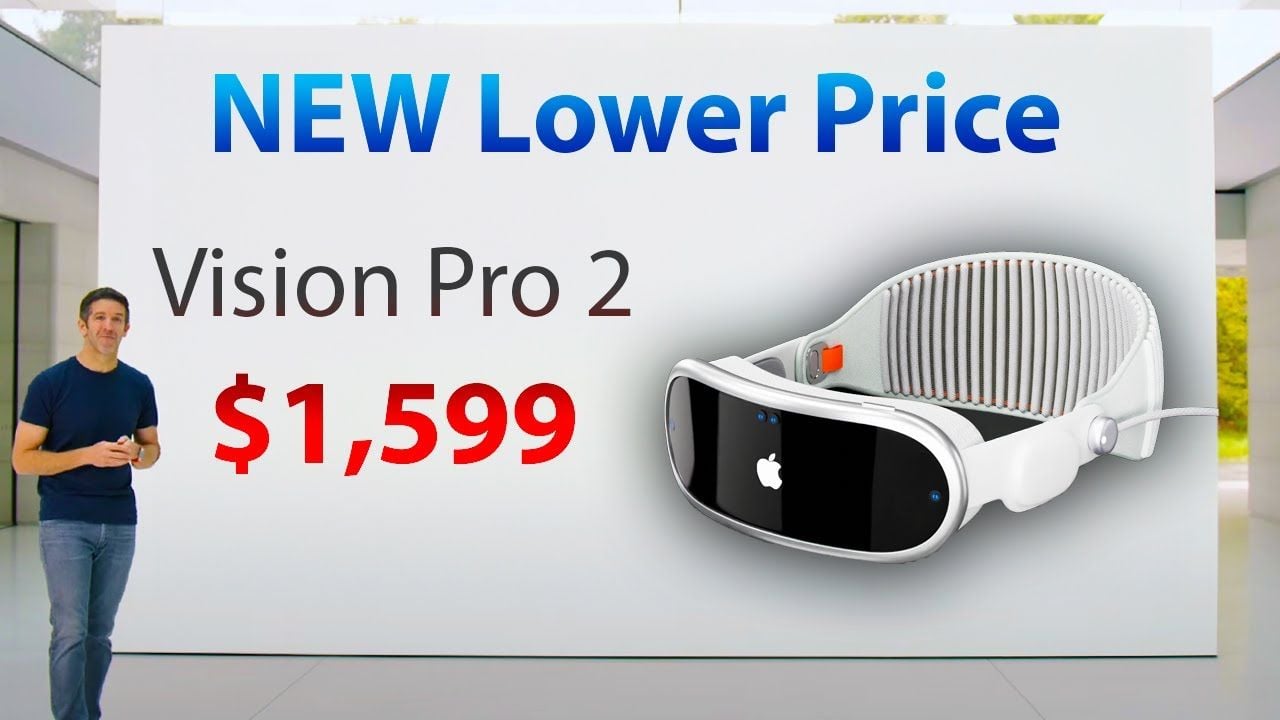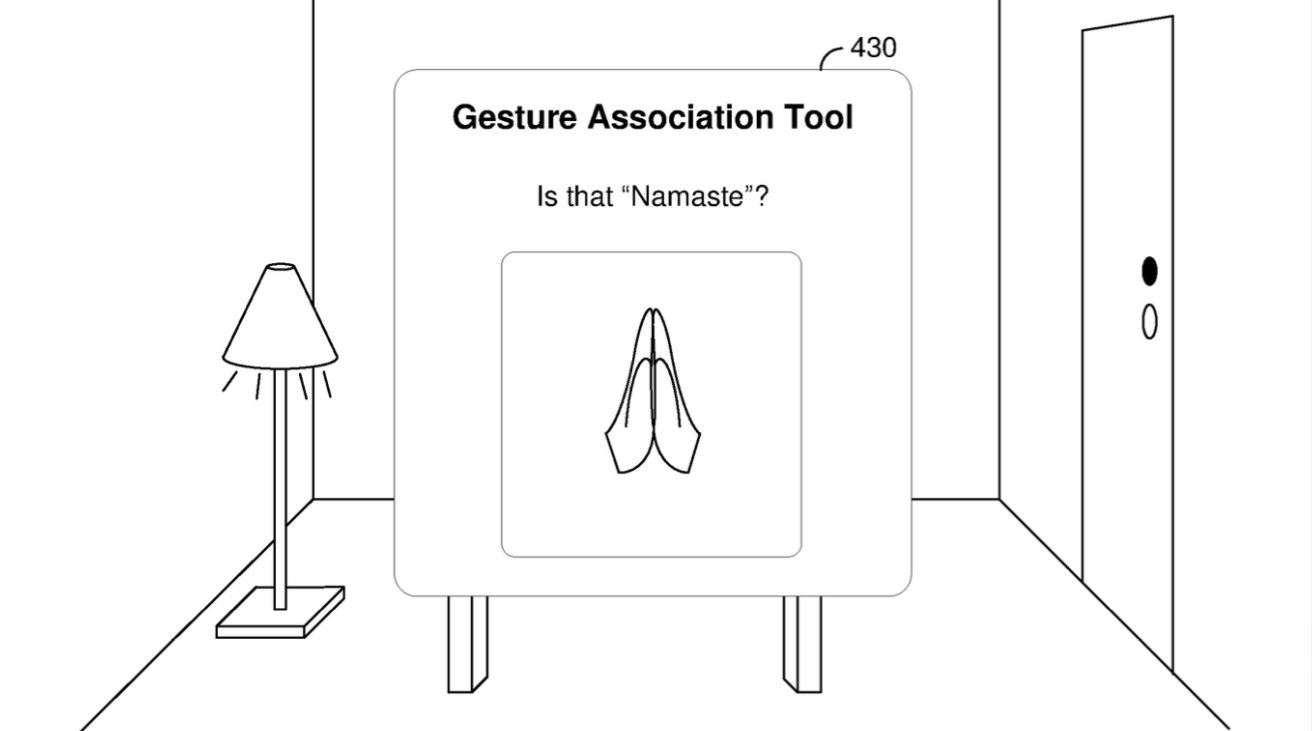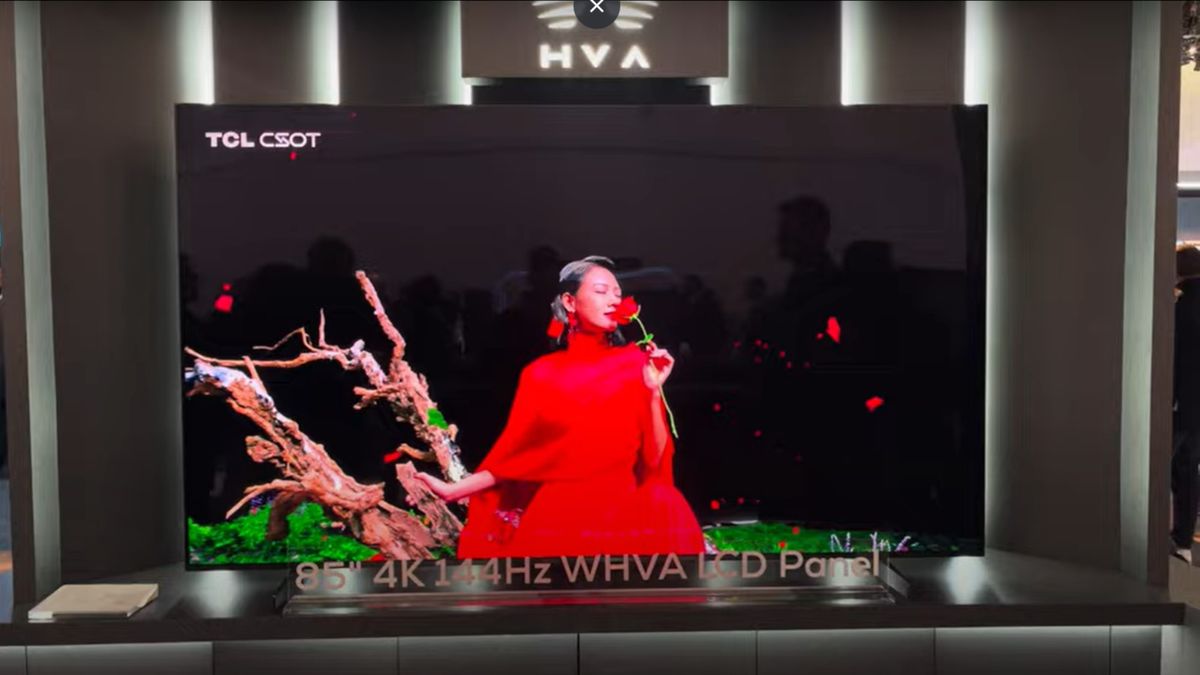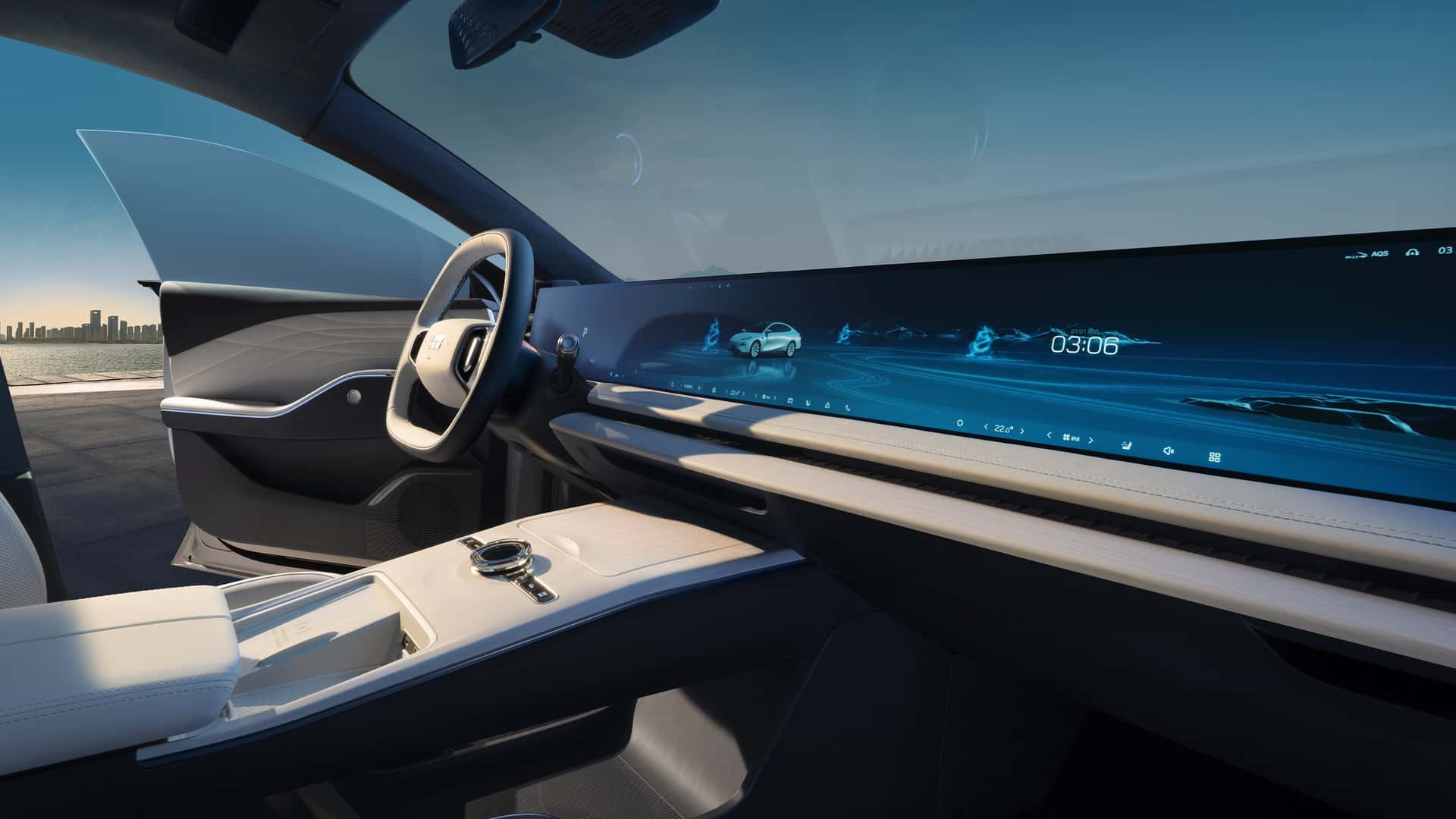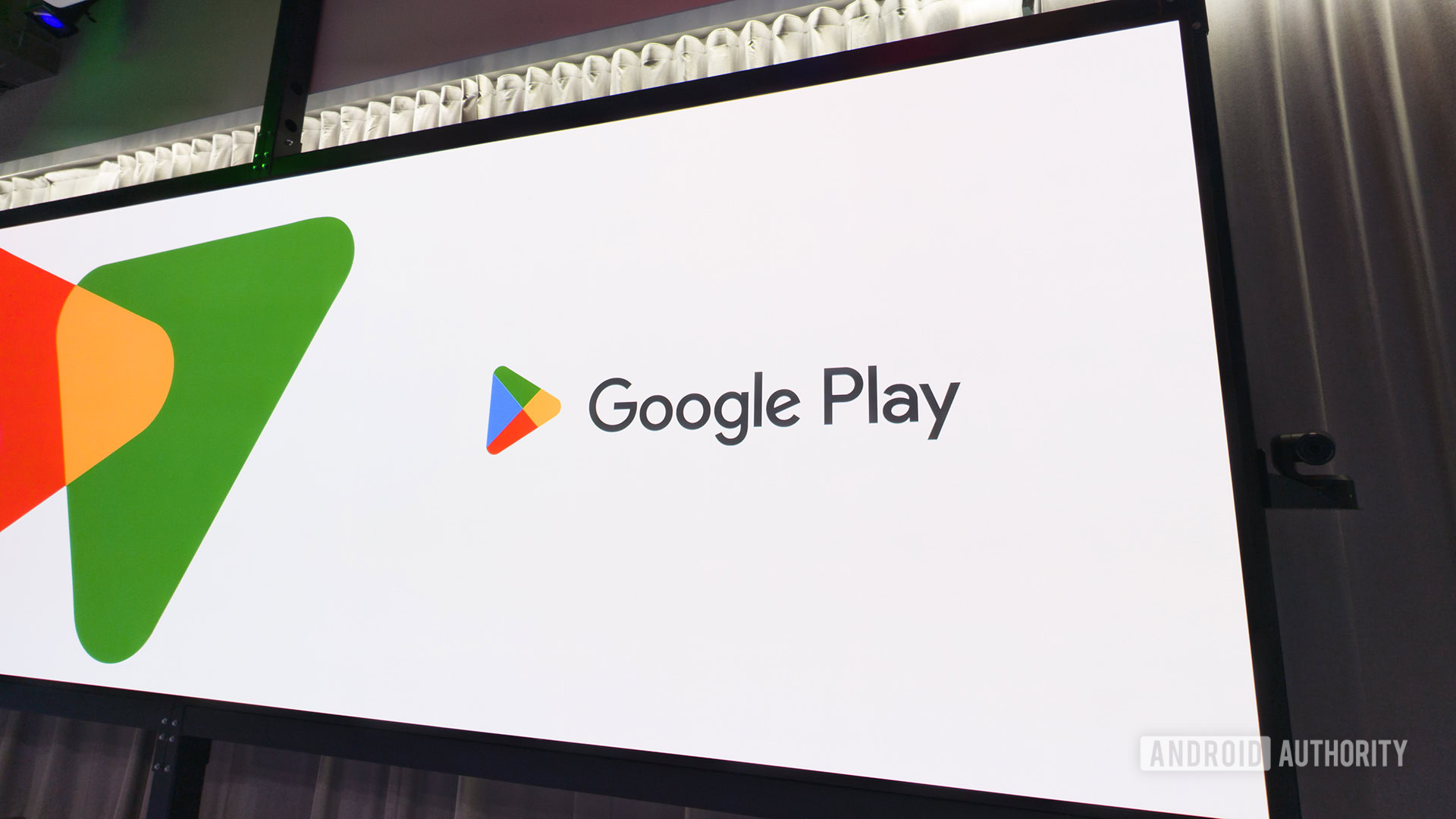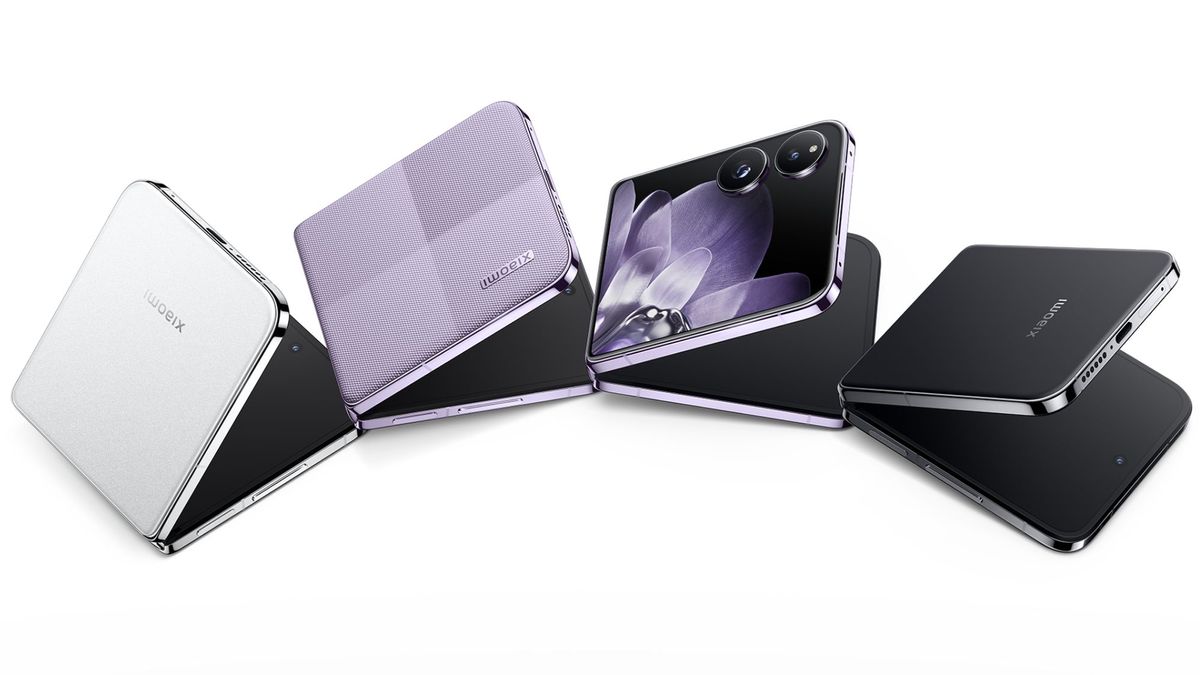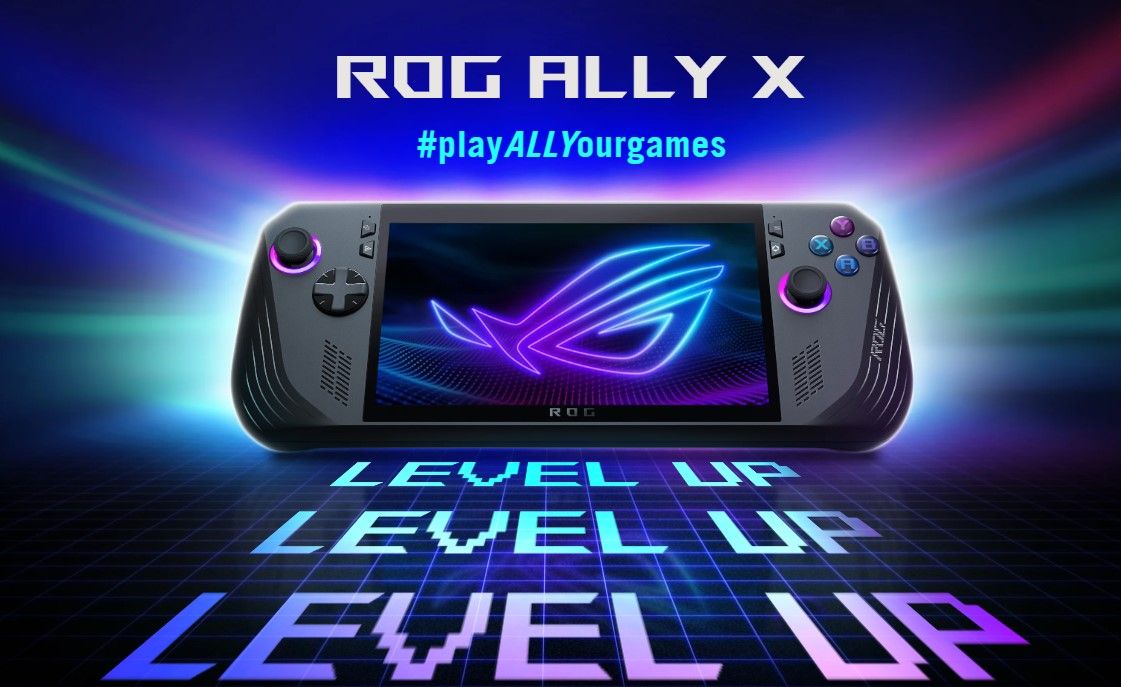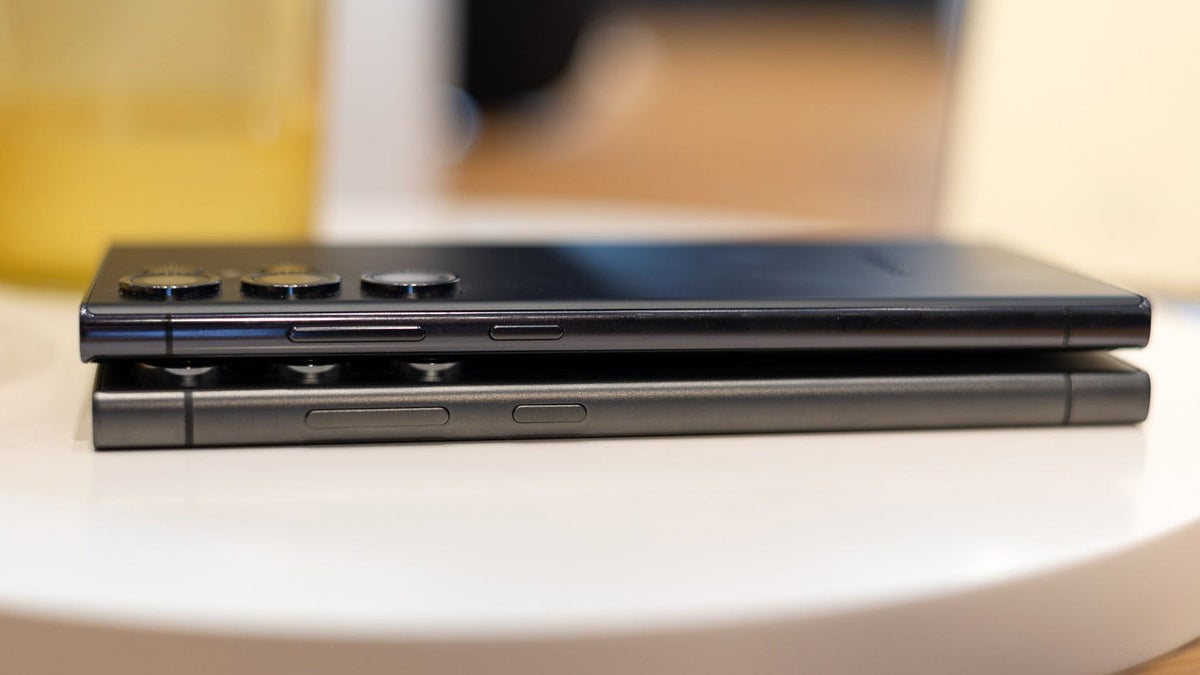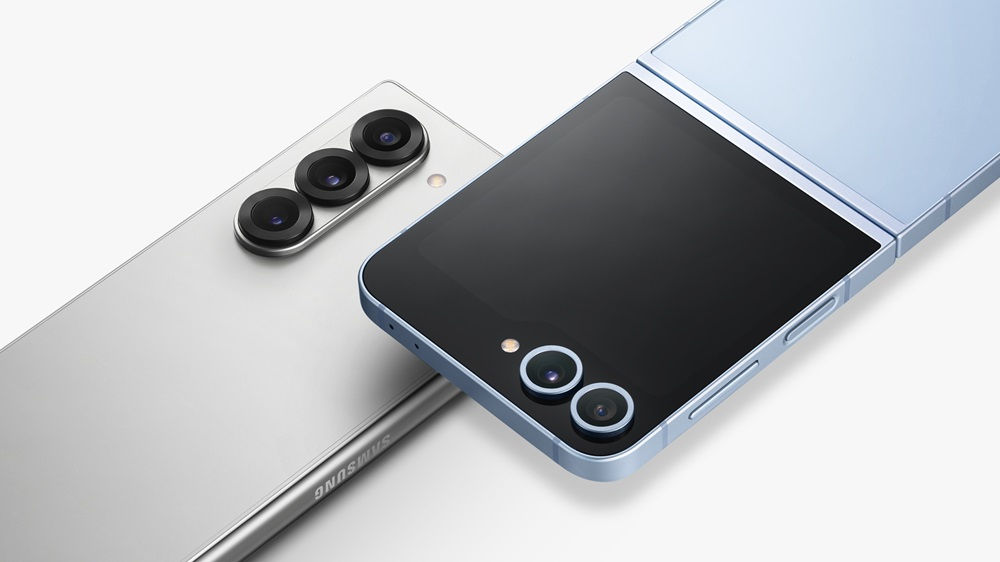From appleinsider.com
As Apple Vision Pro prepares to launch, competitors are lining up to capitalize on its massive price tag. That includes Xreal who had its latest wearable on hand to demo at CES, where we got to try it out.
Apple stole the show at CES 2024 — without even being there. Apple Vision Pro is up for preorder on January 19, with shipping beginning only a week later.
It’s the topic everyone discussed, but its $3,500 price tag will surely put it out of reach for most users. That’s where devices like the Xreal Air 2 Ultra come in to play that are much more affordable.
The Xreal Air 2 Ultra boasts many impressive-sounding features and in many ways, it does seem like a viable alternative to Apple’s first spatial computer.
Xreal Air 2 Ultra: Hands-on with the new hardware
We’ve tested other models of the Xreal glasses and were generally impressed with their performance at such a low cost. The Air 2 Ultra looks even better.
These new glasses bring back 6 degrees of freedom (6DoF) for movement, 120Hz refresh rate on the dual micro OLED 1080p panels, and increased field of view to 52 degrees from 46.
The extra hardware, though, did increase the weight just a little. To help keep that weight down, Xreal uses a new titanium frame that looks sleek and premium around the lenses.
Finally, two front-facing 3D sensors are for both environment and hand tracking. They’re hidden and not readily apparent when someone looks at you.
They still plug in over USB-C, which routes out of the left arm and can run to whichever source you’re using, be it an iPhone, a Mac, or something else.
Xreal Air 2 Ultra: Demoing the new glasses
Several dummy experiences were running on Xreal Air 2 Ultra. In one, you had a workspace running full of widgets, media players, image viewers, and more running together.
A secondary one was more about media and experiences. You could be taken to a snowy landscape with floating data points of the weather or a movie theater to watch a series of 3D films.
The third was about hand tracking, where you could pick up a little tile with several different bugs crawling around on top of it. It was very creepy and realistic with very minimal movement.
There were minor physical interactions with these, though there was some brand of smart light in the corner that you could control. Just looking at it brought up an adjustment slider where I could pinch and drag to change the light.
The pinching was a little funky and it was tough to select the exact hue I was going for, but it was a very natural feeling interaction.
At another station, the glasses connected to a PC. It extended the desktop, giving me multiple viewing options from the laptop screen below to the extended screen in the air.
This is one of the features we are looking forward to using Vision Pro for, so it was a great demo to try.
I could look around while the virtual display was stationary, and I instantly felt I’d be able to be much more productive without the need for a physical monitor.
All of these demos were carefully curated, but faltered at times. During one, it mirrored the virtual experience to a notebook so we could see what the wearer saw.
This demo froze, requiring a restart of the PC to get it going again. That said, the glasses never stuttered and were working the whole time.
Xreal Air 2 Ultra: Compared to Vision Pro
To put it bluntly, in terms of quality, Xreal Air 2 Ultra is in no way comparable to Apple Vision Pro. Yes, many features overlap but Apple has packed an insane amount of technology into Vision Pro to make it the best possible spatial computer on the market.
Despite the overlap in features, Vision Pro is unquestionably the better-performing headset. But again, it’s five times the price.
If Apple Vision Pro is out of your price range, something like the Air 2 Ultra is a passable alternative. The demo was impressive, the movies looked fantastic, and you could still extend your workspace when connected to a computer to get work done.
Xreal does need one thing, though, to be more successful — and that’s developer support. The Air 2 Ultra is geared towards developers who need to build out the ecosystem before they can take off.
You could say 3D movies are a good example. There’s not much of a digital marketplace at the moment to find them.
Apple Vision Pro headset
They’re standard side-by-side stereoscopic 3D movies, but the most common method of getting them digital is to own the Blu-ray copy and rip them to your computer manually. That’s quite a hassle.
Xreal is bullish though and if the interest at its booth is anything to go by, many are excited about what’s to come.
Until then, Apple Vision Pro is still arguably without a direct competitor.
[ For more curated Apple news, check out the main news page here]
The post Hands on with Xreal Air 2 Ultra — The would-be Apple Vision Pro competitor first appeared on appleinsider.com

